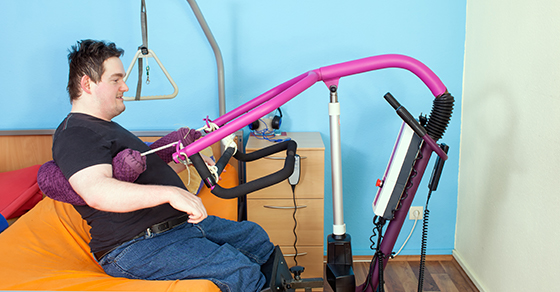A 44-year-old woman became pregnant with her second child in the year 2000. Mom’s antenatal care was provided by an obstetrician, Dr. A, at the defendant hospital. Due to a previous history of Intrauterine growth restriction (IUGR) – a condition where the fetus does not grow as expected – and her advanced maternal age, Dr. A sent mom for 9 regular ultrasounds and biophysical profiles (BPP) throughout the summer of 2000. The estimated date of delivery was in early August of 2000.
The first 7 obstetrical ultrasounds and BPPs were reported as normal and the fetus was reported as healthy. However, the 8th ultrasound and BPP showed a significant decrease in the volume of amniotic fluid, a condition known as Oligohydramnios. Due to the decreased amniotic fluid, and the fact that mom was now past her estimated delivery date, the reporting radiologist recommended either induction of labour or a repeat BPP.
The 9th and final obstetrical ultrasound and BPP again demonstrated a reduced Amniotic Fluid Index (AFI), which is a quantitative estimate of amniotic fluid and an indicator of fetal well-being. Once again, the reporting radiologist recommended that an induction of labour should take place “soon”, and mom was told to come back two days later for a Non-stress Test (a screening test used in pregnancy to assess fetal status by means of the fetal heart rate and its responsiveness).
When mom arrived for her Non-stress Test, it revealed a baseline fetal heart rate of 110-115 bpm with poor variability and after 15 minutes, there was bradycardia down to 80 bpm which did not recover. Fetal bradycardia is dangerous, and is defined as a sustained fetal heart rate less than 110 beats per minute. At that point, mom was moved to one of the high-risk assessment rooms where the fetal heart rate was assessed again, and it still remained at 80 bpm. Mom was repositioned, given oxygen and an IV was started, but there was still no improvement in the fetal heart rate. Mom was then brought to the operating room for an emergency C-section.
The baby was delivered with a significant amount of thick meconium. At the time of his birth, he was flat and his heart rate was 60 bpm (very low). He was intubated, received Epinephrine and after 3 minutes of chest compressions, he made a gasping response and his heart rate increased to > 120 bpm.
A chest X-ray was subsequently completed with findings consistent with meconium aspiration. Meconium Aspiration Syndrome occurs when a newborn breathes a mixture of meconium (fetal stool) and amniotic fluid into the lungs around the time of delivery. Meconium Aspiration Syndrome is a leading cause of severe illness and death in the newborn, and occurs in about 5 percent to 10 percent of births. In addition, the baby also suffered from pulmonary edema, a condition caused by too much fluid in the lungs. This fluid collects in the many air sacs in the lungs, making it difficult to breathe. The baby was then transferred to the NICU.
At 12 hours of age, the baby began experiencing seizures and several days later an electro-encephalogram (EEG) was done. An EEG is a test that measures electrical activity in the brain using small, metal discs (electrodes) attached to the scalp. The results indicated severely abnormal readings with findings felt to be consistent with Hypoxic Ischemic Encephalopathy (HIE), a brain injury caused by oxygen deprivation to the brain.
Now an adult, he has been left with multiple disorders caused by the HIE, including Cerebral Palsy, severe global developmental delay, and visual impairment. He is non-verbal, G-tube-fed, incontinent of bowel and bladder (wears diapers) and confined to a wheelchair. He is severely disabled with limited functional or cognitive abilities and is totally dependent on others for all of his daily needs.
There is little doubt that had the involved physicians insisted on the induction of labour when the first warning signs were discovered during the 8th ultrasound, the baby would not have suffered permanent brain damage or the subsequent impairments that followed.

